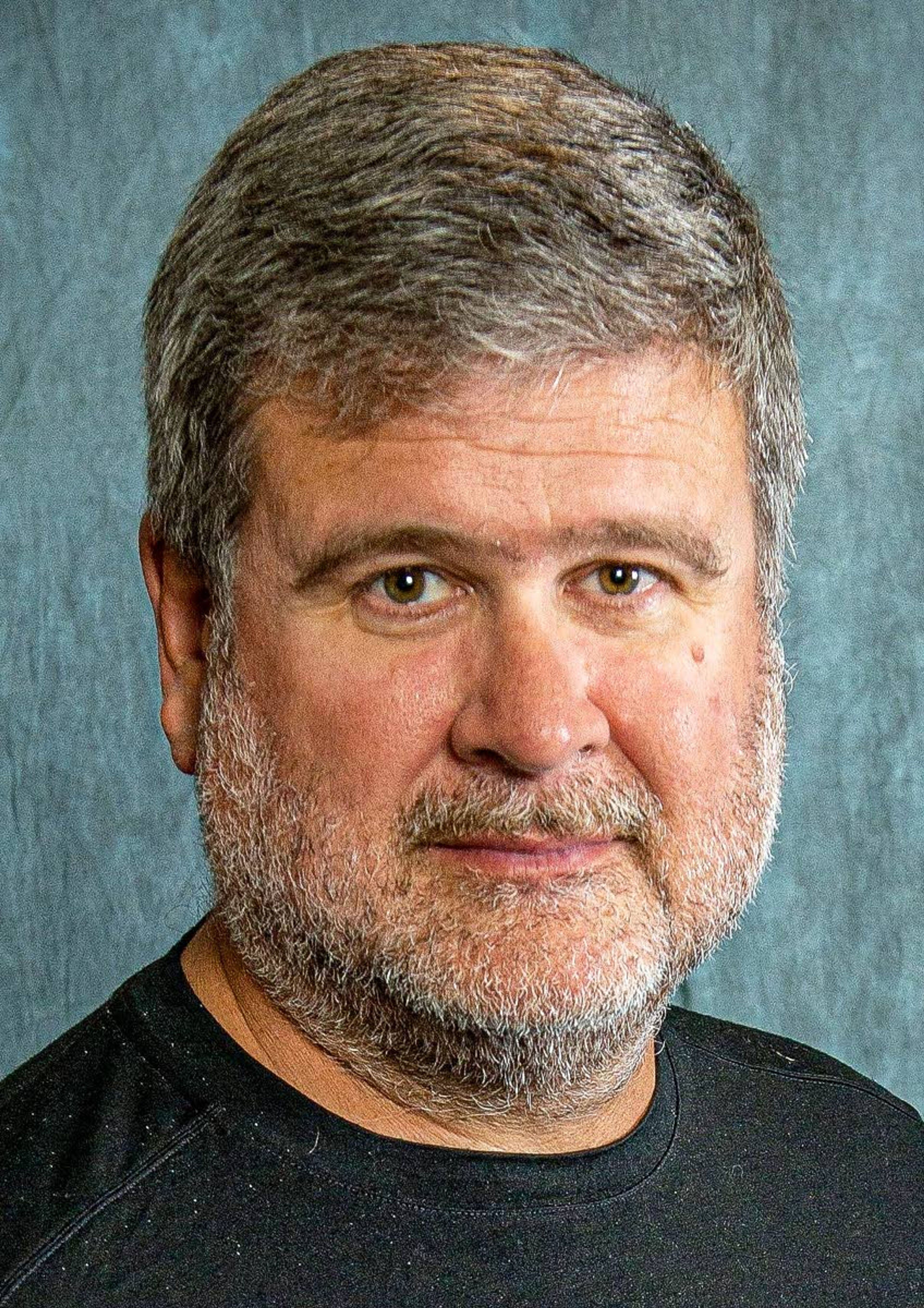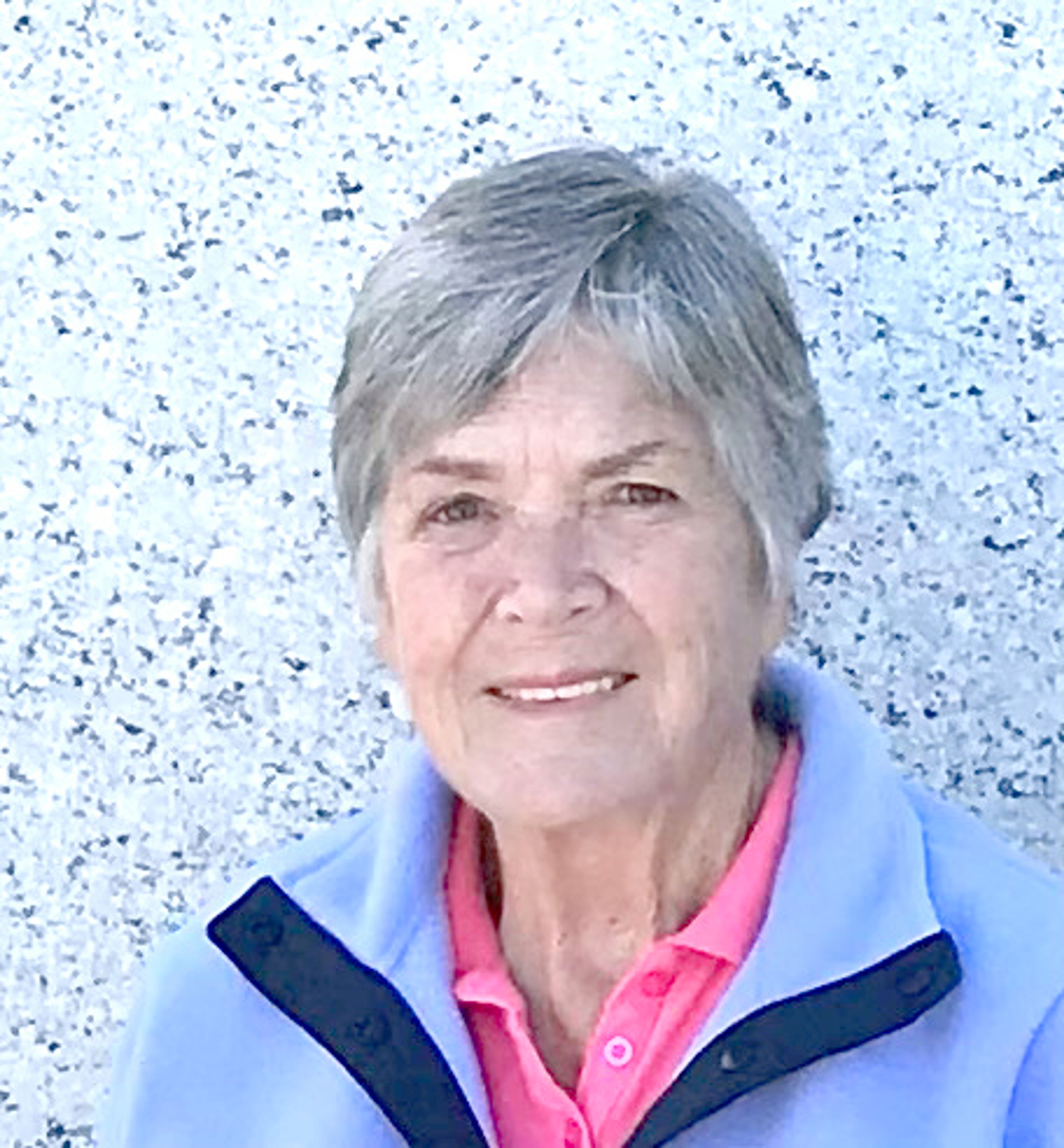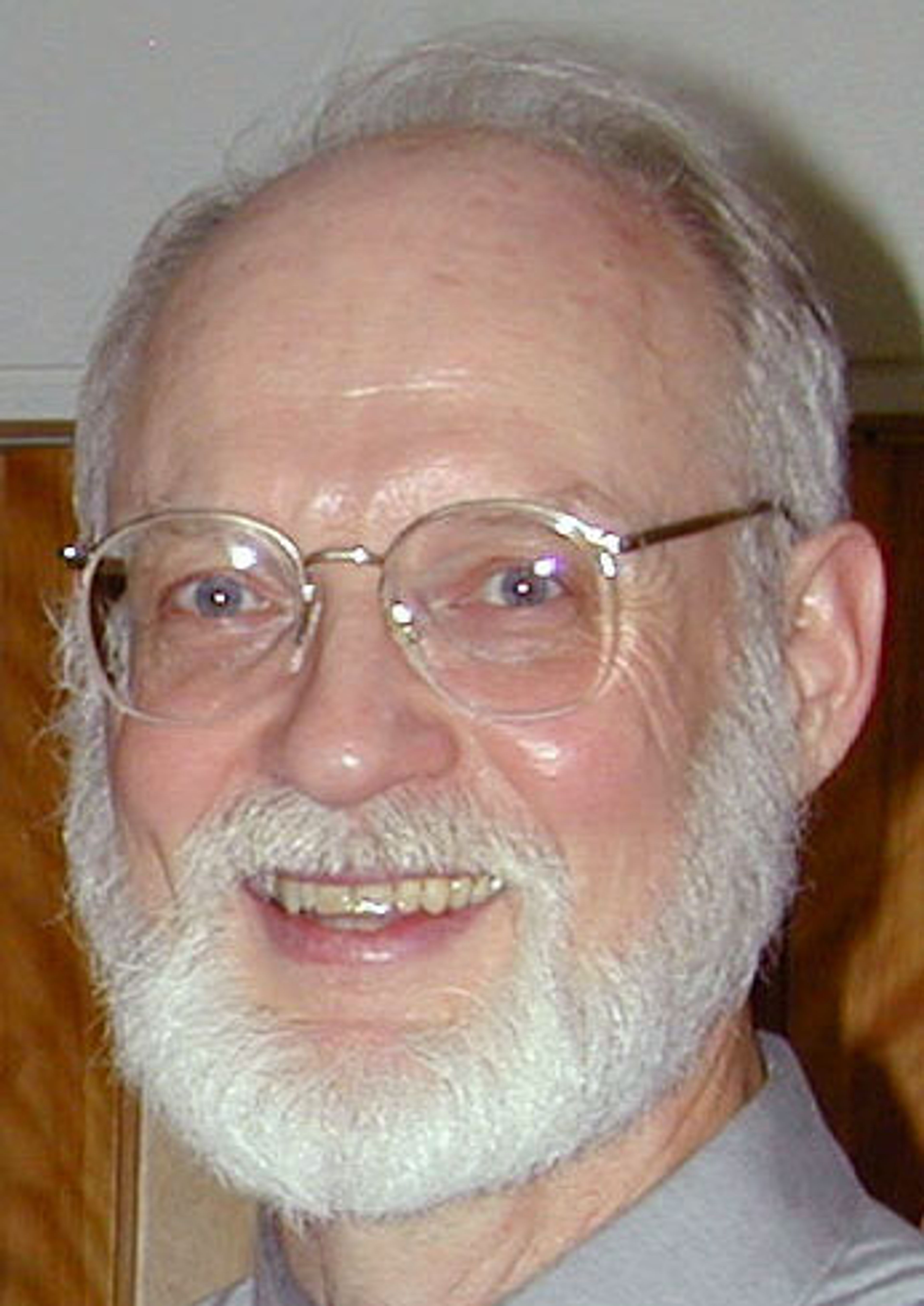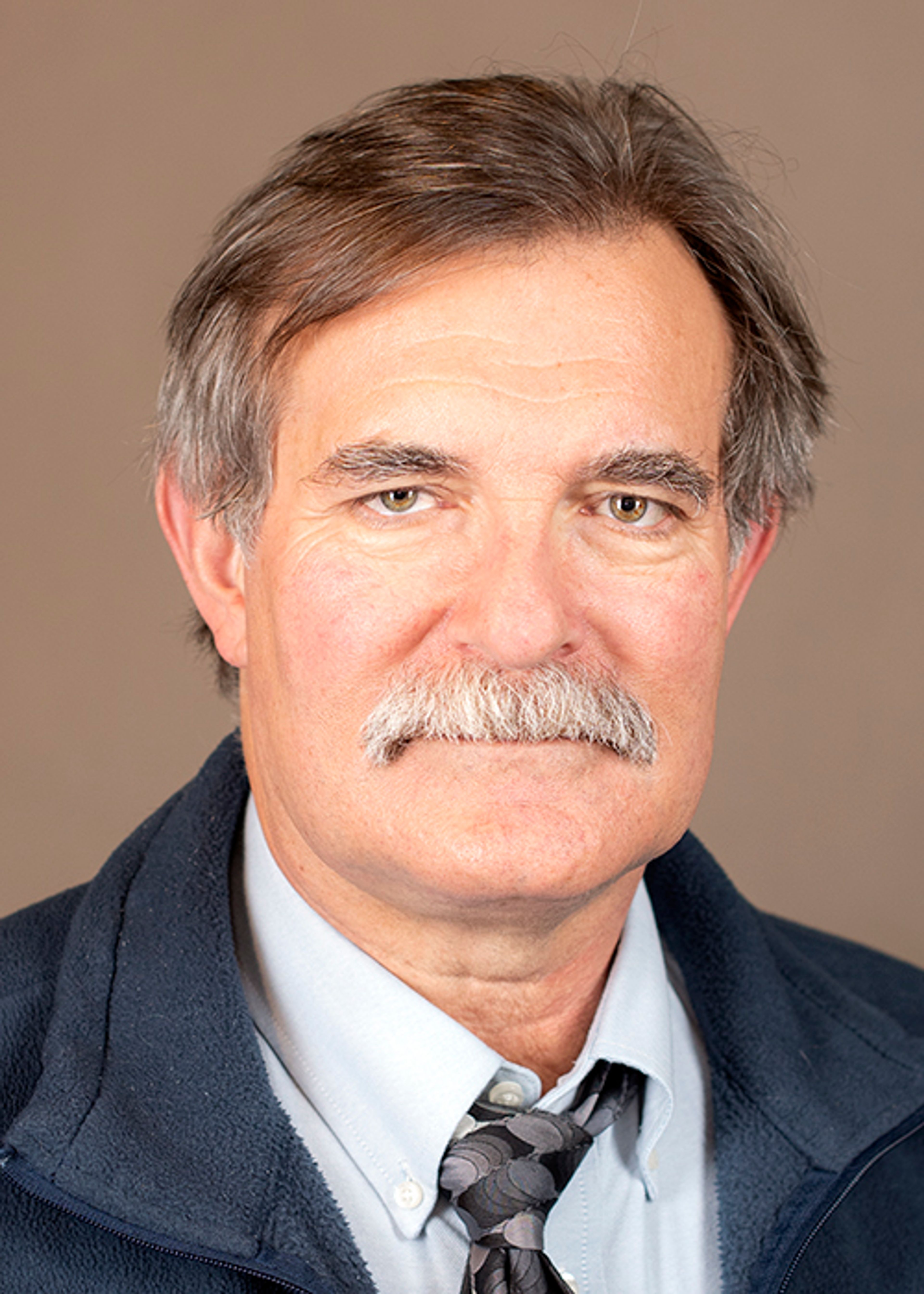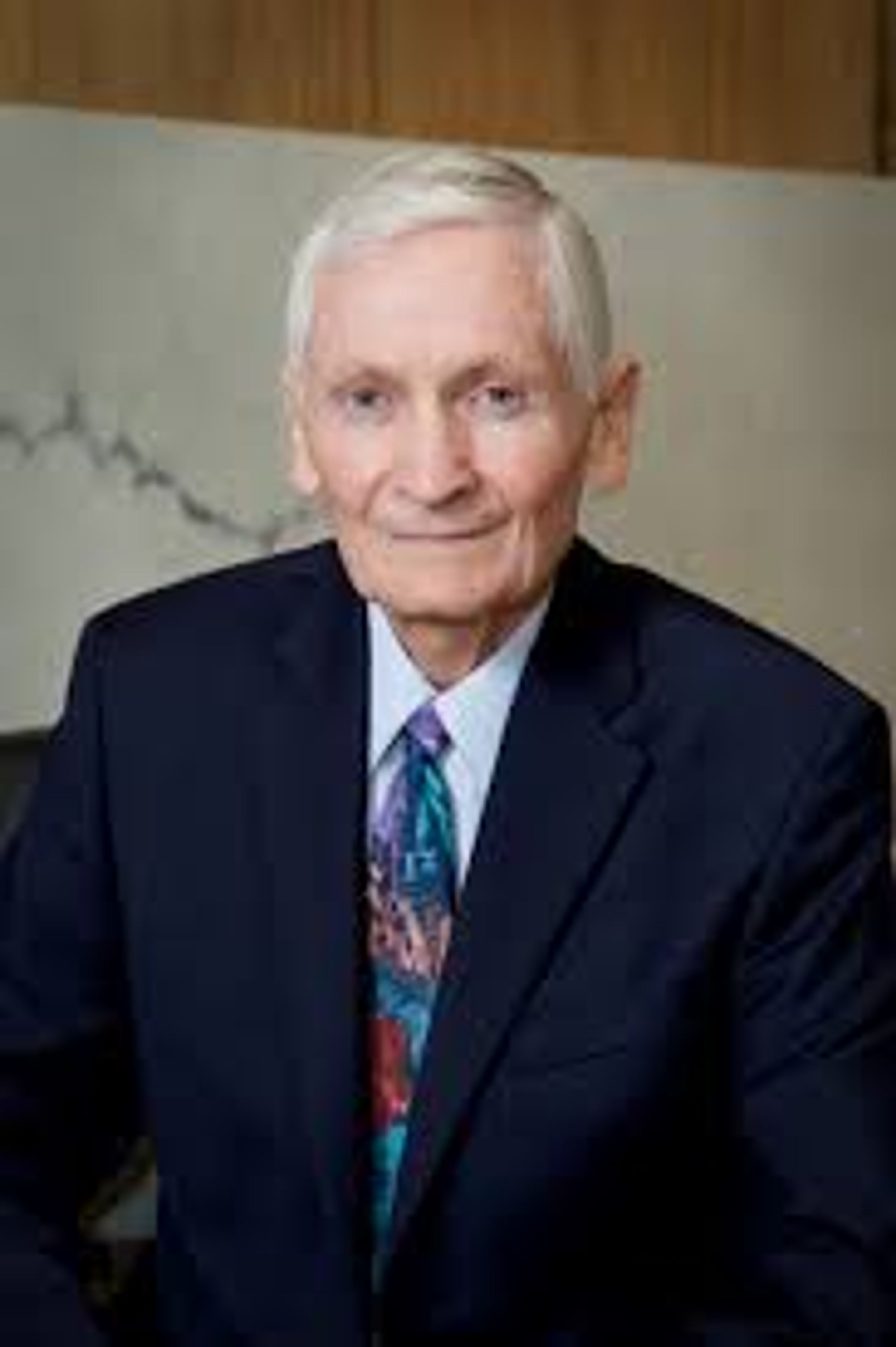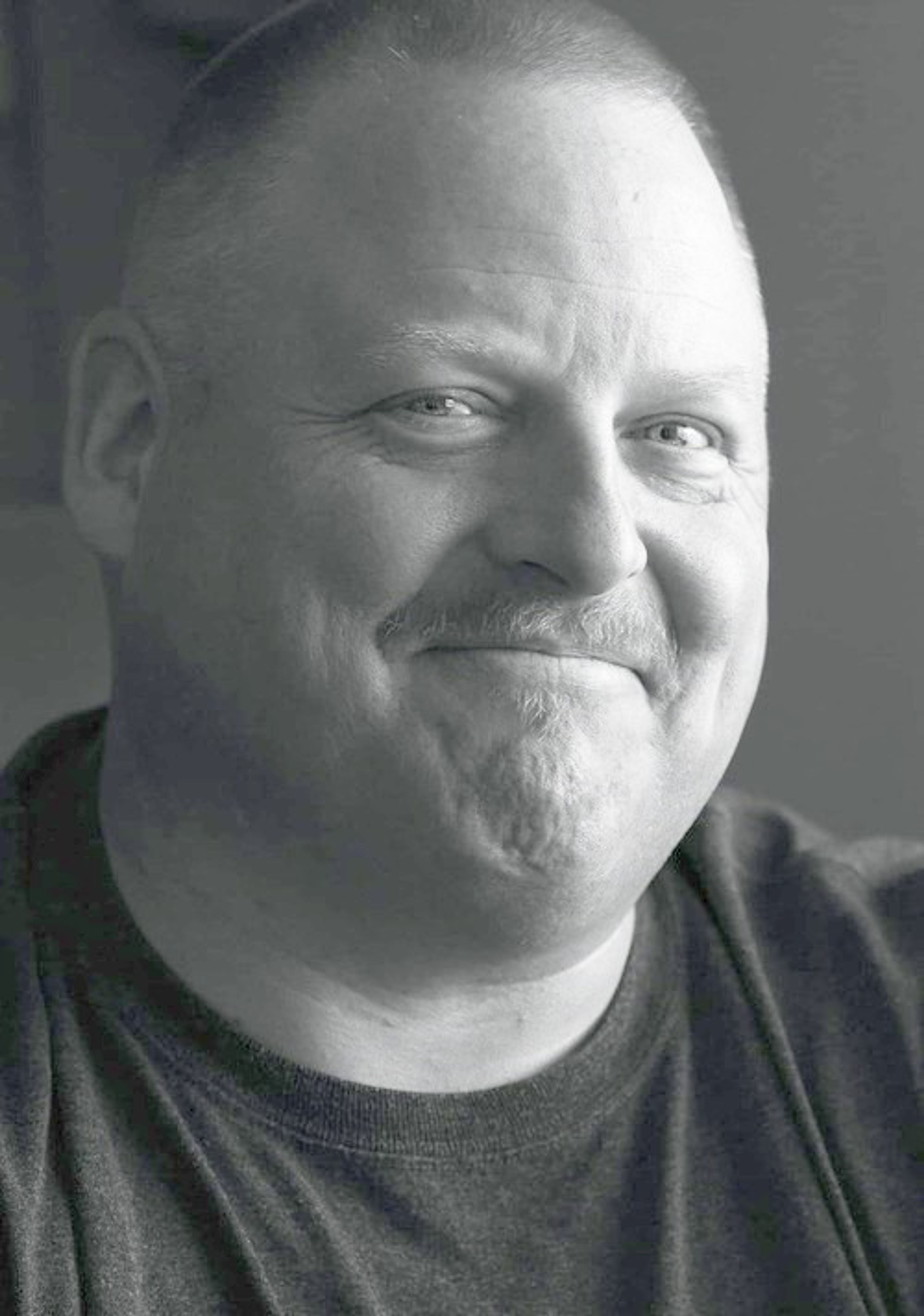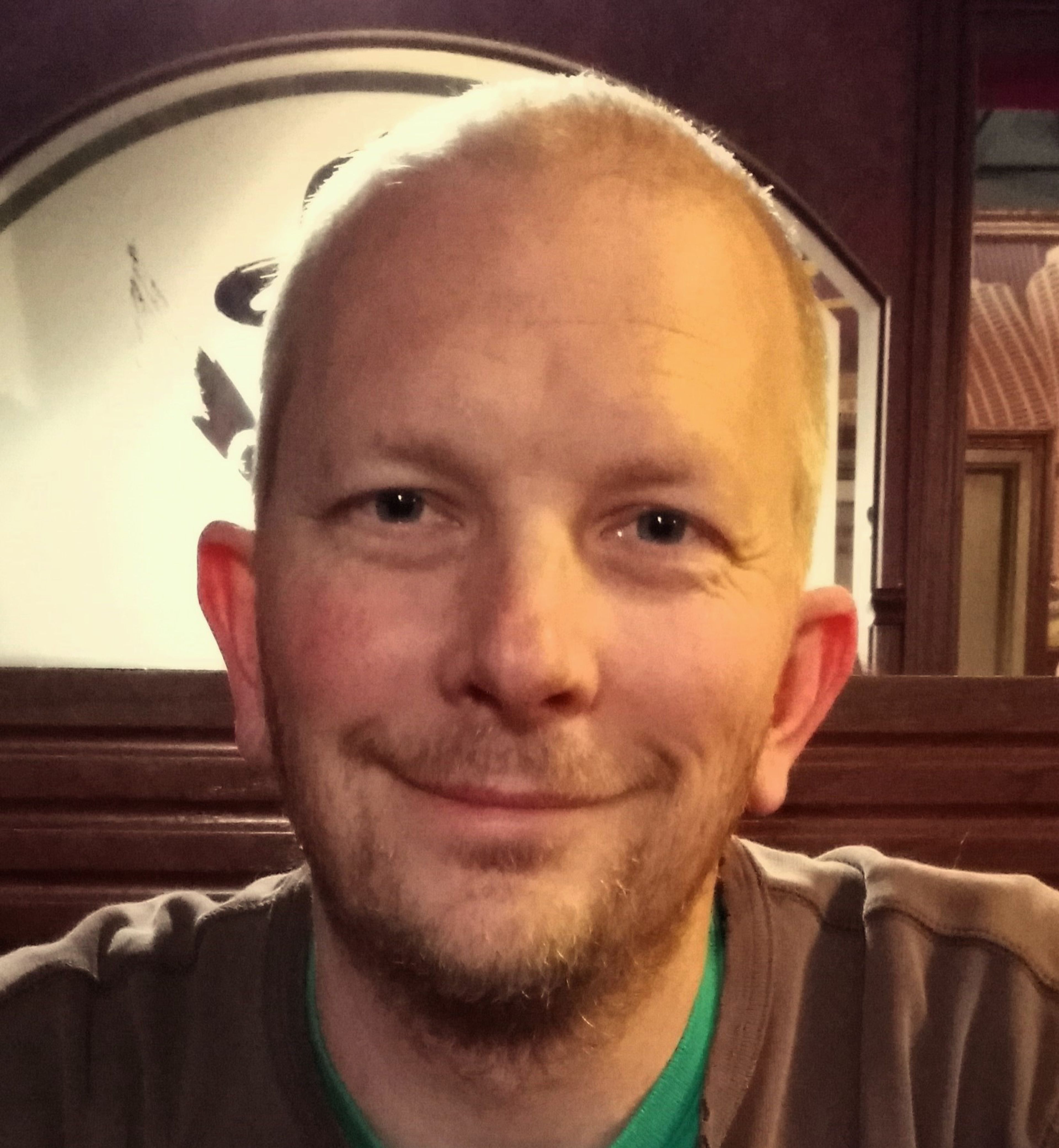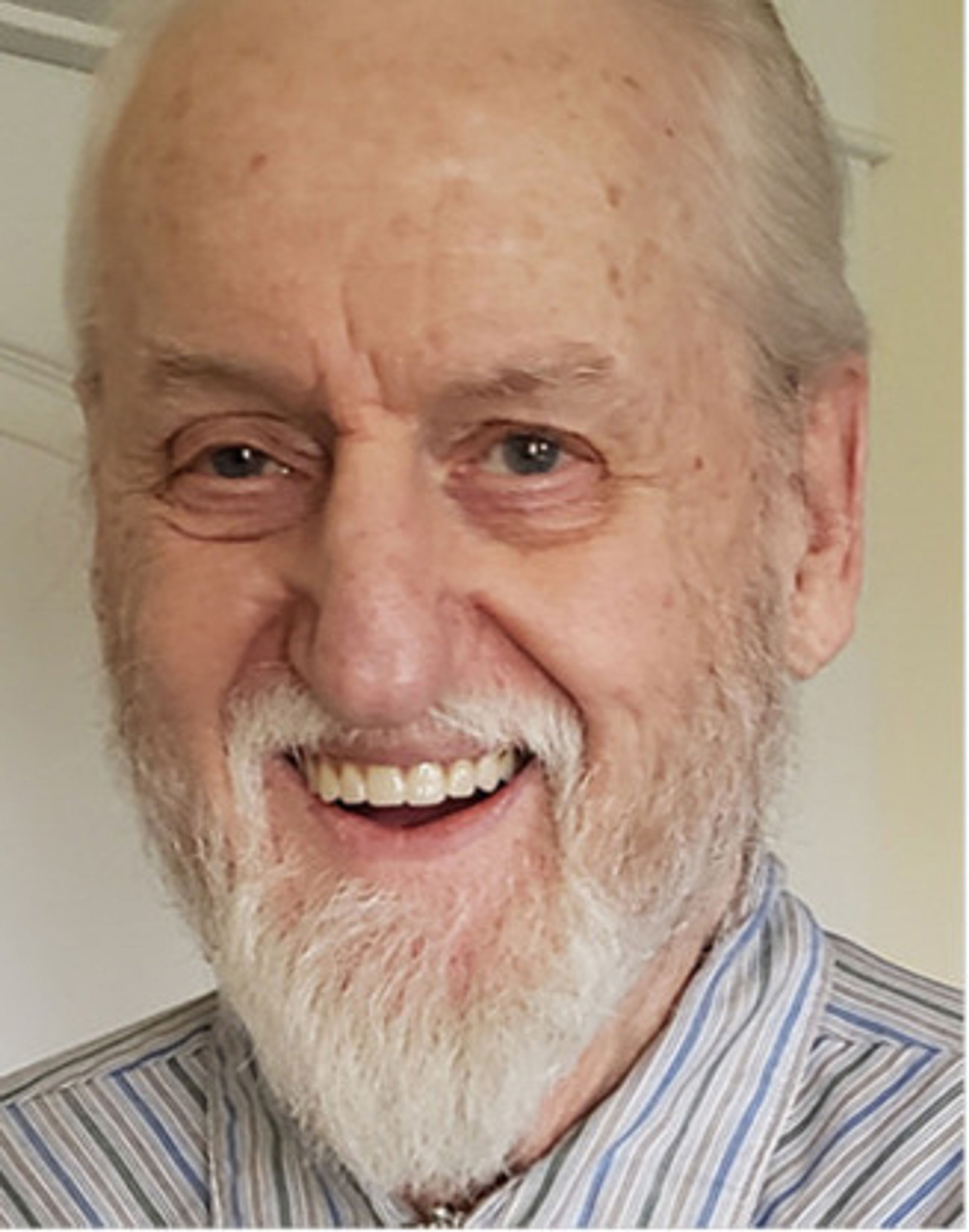His View: Understanding disinformation, censorship on the internet
One of the more pathologically fascinating parts of the current pandemic is the hue and cry in the mainstream media over “disinformation.” Why is it fascinating? Because mostly this label is used to attack people whose beliefs don’t line up with your own. But then if one protests about that belief, a straw man is inevitably hauled out saying “you also must want unrestricted pedophilia, or other societally objectionable material, to be propagated.”
Let me give a little insight into how all this works — and why making a decision to censor views on any of the social media platforms is actually a huge deal, not simple, and absolutely not in the interest of a free society.
Let’s start with the universally objectionable content — terrible crimes against individuals and children. Though this is a changing landscape with advances in artificial intelligence, most of this type of content moderation is done overseas in countries like the Philippines. Wired magazine has written about it, and the effects on the minds of the censors is tragic, and often ruinous for people’s lives. Watching terrible sexual crimes and beheadings on loops creates trauma for the censors, and anyone who signs up can only watch so much before they are forced to quit.
Others are paying for your clean feed, and while I’m not advocating for a change here, the least we can do is realize that people far away are paying for our own ability to use social media modestly shock-free.
The label for political and scientific disinformation is far less clear-cut. Many issues in play in the public are not clearly resolved, or can only be resolved over time. Eighteen months ago, if you had asked me “do masks work?” I would have said “potentially.” But the data came in, and I changed my mind. For voicing that opinion, I was accused of disinformation locally. Now that the various randomized controlled trial papers have, or are about to be, published, it’s becoming increasingly clear that I was right — masks don’t work. And finally, more and more experts are lining up behind my position. Disinformation indeed.
Often, fights in our own media are spurred on by forces the majority of people in our own country have no idea even exists. The whole lockdown paradigm for COVID-19 had never been attempted in public health until the recent COVID-19 crisis.
Yet communist China championed this early on, and it “fit” into the brains of control-oriented leadership across the world. Local advocates and government officials sprung up, and many countries followed this path.
But if you think that the responsibility for these disastrous policies, many that continue today, is totally on our elected leadership, you’re wrong. Ever heard of the 50 Cent Party? Funded by the Chinese Communist Party, they constantly flood social media with support for extremely repressive COVID-19 policy — in posts numbering almost a half a billion.
Why no extensive coverage of the likely source of COVID-19 as coming from a lab leak from the Wuhan lab? Media voices investigating this on Youtube and other channels attempting to get the word out get flooded by complaints by members of the 50 Cent Party for sexual content, when there is none. This causes Youtube to pull the counter-narrative against the CCP and its responsibility for COVID-19.
There is no reservoir in Youtube of absolute truth that is used to make censorship decisions. Instead, it is a true information war. And just because we as a country are unaware of most of it, doesn’t mean it has no effect. For those interested in all this, go to Wikipedia and look up “Little Pink.”
Everyone can agree that there has to be some content moderation on social media. But we can at least be aware that it comes at a price, and absolutely should not be used against people debating the current issues of the day. Because just because you can’t see those political forces don’t mean they aren’t in play.
Pezeshki is a professor in mechanicaland materials engineering at WashingtonState University.
